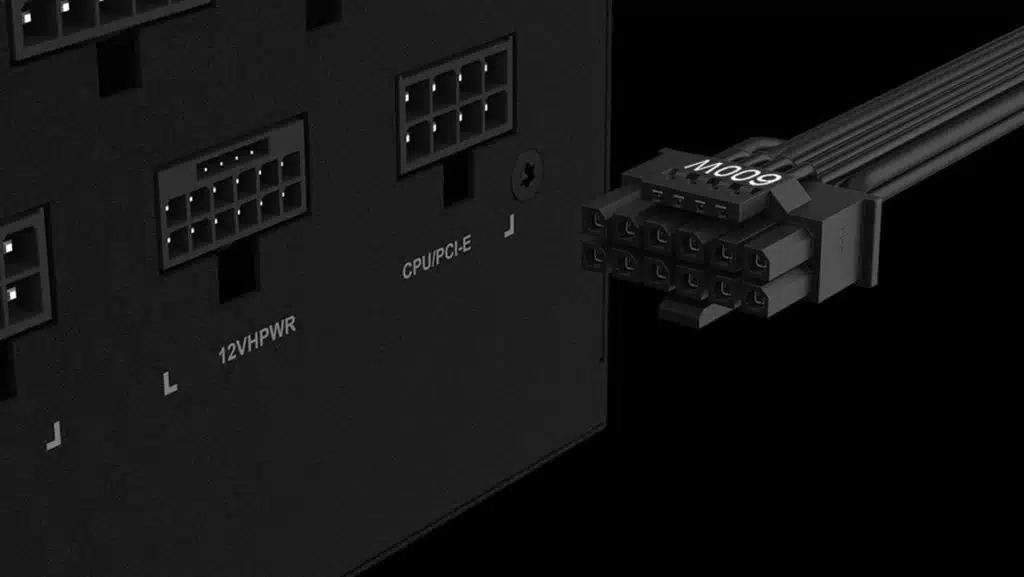
A few pages from the design guide for Intel’s new ATX12V v3.0 standard have leaked, offering a closer look at what enthusiasts should expect out of the upcoming generation of PCIe 5.0 power supplies that promise higher power delivery through a single new connector dubbed 12VHPWR.
While it’s already been established that this connector will support up to 600 watts of power delivery, Intel’s guide also reveals that the PCIe Gen 5 power standard will be smarter than expected, with additional power delivery levels that include 150, 300, and 450 watts, each of which have corresponding connectors and cables to match. Users will probably want to double check their wiring after upgrading to their shiny new PSUs and next-gen graphics cards, as labeling seems to be the only obvious differentiator.
12VHPWR Cable Plug Connector pic.twitter.com/j4TDqTt6lx
— 188号 (@momomo_us) March 1, 2022
A portion of the document can also confirm that the 12VHPWR power connector is not compatible with 2×3 or 2×4 auxiliary power connectors. Spacing, for one, is different on the new connector.
— 188号 (@momomo_us) March 1, 2022
Intel’s ATX v3.0 PSU Standard Has More Power for GPUs (Tom’s Hardware)
The major changes that the ATX12V v3.0 brings are the following:
- New 12VHPWR connector for Add-In Cards (like GPUs) can deliver up to 600W
- The 12VHPWR should be labeled according to the maximum power delivered
- All PSUs with more than 450W max power have to have 12VHPWR connectors to meet the newest ATX spec.
- The PSU reports to the PCIe card, through sideband signals, its power capabilities, so the latter can set its power limit accordingly.
- PSUs should be able to turn on/off 175,200 times per year of their life without breaking!
- Changes in low load efficiency. Above 60% is required for 10W or 2% of max-rated capacity and above 70% is a recommendation.
- Increased tolerance for high power spikes, for the compatible PSU platforms. Up to 200% of the PSU’s rated power for 100μs with a 10% duty cycle.
- Increased slew rates for transient loads (2.5 – 5x times higher for the +12V rail)
- 12V rail can go up to 12.2V to allow for lower voltage drops
- Broader load regulation limits for the +12V rail (+5 to -8% on the PCIe connectors and +5 to -7% for the other connectors).
- Changes in the speed of the Power On signal to allow for faster response and system’s wake up, even when the rails are not at zero levels but somewhere in between.
- Efficiency and design requirements for Alternative Low Power Modes (ALPM), previously called Alternative Sleep Modes
- The labels on the PSUs should include T1 and T3 timings, among others.
- The addition of a new certification standard, Cybenetics, besides 80 Plus, is in the references section.
